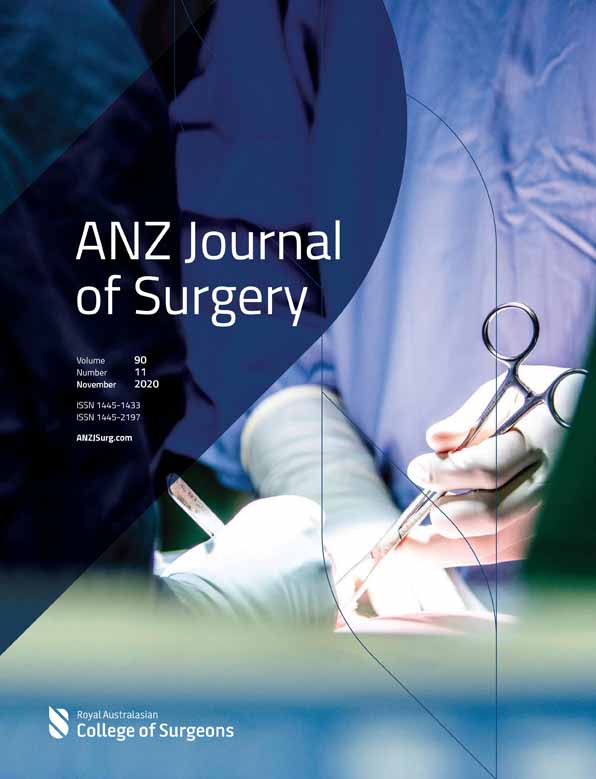Diagnostic approaches for pancreatic cystic lesions
Abstract
Background
Cystic lesions of the pancreas (PCLs) may be inflammatory or proliferative and making an accurate and timely pre-operative diagnosis remains a significant clinical challenge. This is principally due to the heterogeneity of the pathological processes involved. PCLs constitute an entity with diverse histology and although infrequent, the possible potential for malignant transformation of these lesions and the opportunity for curative surgery mandates that our diagnostic approaches are up to date and evidence based. In addition, improved diagnostic accuracy is crucial to prevent unnecessary surgical procedures with the inevitable associated morbidity.
Methods
This narrative review examines the current diagnostic benchmarks and identifies novel diagnostic techniques that warrant further consideration, a number of which are beginning to be included in routine clinical practice when these PCLs are being investigated. A computerized search was made of MEDLINE, EMBASE and PubMed using the search words ‘diagnostic approaches to pancreatic cystic lesions’. All relevant articles in English language or with an English abstract were retrieved and additionally cross referenced.
Conclusion
The increasing accuracy of available imaging techniques together with the wider availability of endoluminal ultrasound and the development of additional novel methods to assess PCLs presents an opportunity to significantly improve the pre-operative diagnosis rate. This is essential to classify the type of PCL and hence guide the management particularly with lesions where there is a likelihood of progression to more serious pathology. We have highlighted the need for a comprehensive and standardized algorithm for the diagnosis and management of PCLs.
Conflicts of interest
None declared.




